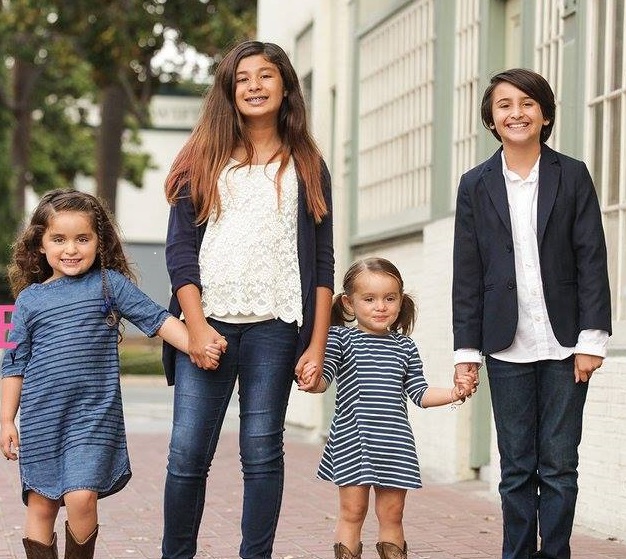
Disability Studies & Early Childhood Education Part One of Three: Focus on Universal Design for Learning (UDL) in Early Childhood Education (ECE)
February 13, 2017
Analyzing how to meet the needs of all students, regardless of ability, is critical in the field of education. Research shows that inclusion of students with disabilities in general education has lasting effects on their educational outcomes (Causton-Theoharis, J., Theoharis, G., Cosier, M. and Orsati, F., 2013, Danforth, 2014). Florian (2012) defined inclusion as the moment teachers begin to shift from teaching “most” or “some” students, to “all” students. Providing educators with the skill to design lessons and arrange the environment to be accessible to all students, helps support the development of inclusive thinking. With a foundational understanding of accessibility, educators can learn to do this from the beginning, therefore eliminating the need to learn new lesson planning techniques later on. One way to do this is through Universal Design for Learning (UDL).
UDL is well situated within Disability Studies in Education (DSE). One way a DSE framework does this, is by shifting the focus from the ability of the student, to the teaching practices used in the classroom, and the classroom environment. Traditionally, teachers’ notions about learners are based on judgments of ability. UDL helps the educator focus on teaching through multiple means of representation, expression, and engagement. UDL principles promote better learning environments for all students, especially since all students (those with and without disabilities) have varying abilities.
As we examine how UDL supports learning in the early childhood classroom, we can ask ourselves the following questions:
What is the importance behind accessibility of environmental areas and materials in the early childhood classroom?
How do we promote accessibility in these areas?
How do early educators purposely lesson plan using UDL principles?
What effect will using UDL principles have on young learners?
References
Causton-Theoharis, J., Theoharis, G., Cosier, M., & Orsati, F. (2011, September). Does self-contained special education deliver on its promises? A critical inquiry into research and practice. Journal of Special Education Leadership, 24(2), 61-78.
Danforth, S. (2014). Becoming a great inclusive educator. New York, N.Y. Peter Lang.
Florian, L. (2012). Preparing teachers to work in inclusive classrooms: Key lessons for the professional development of teacher educators from Scotland’s inclusive practice project. Journal of Teacher Education, 63(4), 275-285.
Stay tuned for part two of this three part series on DSE/ECE/UDL.